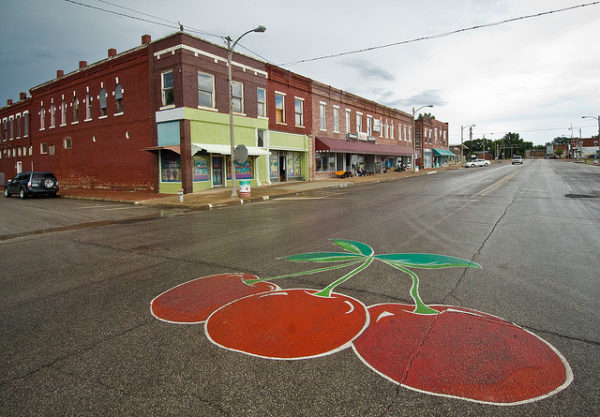
Investing in rural development sustains communities, bolsters local economies, and helps rural Americans thrive.
Roughly 60 million Americans live in rural counties, accounting for nearly 20 percent of the U.S. population. In these rural communities, small businesses (including farms) are essential parts of both the economy and the social structure. In fact, over half of all new jobs created in deeply rural areas come from small business ventures, and most rural areas are dependent on agriculture as a large sector that drives their local economy.
Starting and maintaining small businesses is far from easy, however, particularly in rural areas that may lack access to fundamental resources and infrastructure. Rural economic development programs can help these communities go beyond surviving and start thriving.
For years, the National Sustainable Agriculture Coalition has been a leader in advancing programs and policies that invest in the future of rural America. Recently, our advocacy resulted in a 2018 Farm Bill that made significant investments in value-added agriculture enterprise development in rural America. Value-added agriculture connects producers with new customers and market opportunities by helping them to diversify their product offerings and increase profits. Given the booming growth of interest in local/regional products, value-added programs and trainings are investments that have immense potential to lift up entire food-producing communities and regions across the country.
This section of our guide provides an overview of the key federal programs focused on rural economic development, including programs that support small business development, like the Value Added Producer Grant Program and the Rural Microentrepreneur Assistance Program. This section also includes information about programs designed specifically for small businesses supporting locally and regionally produced foods, such as the Business and Industry Loan Guarantee Program’s Local and Regional Food Enterprise Provision.
